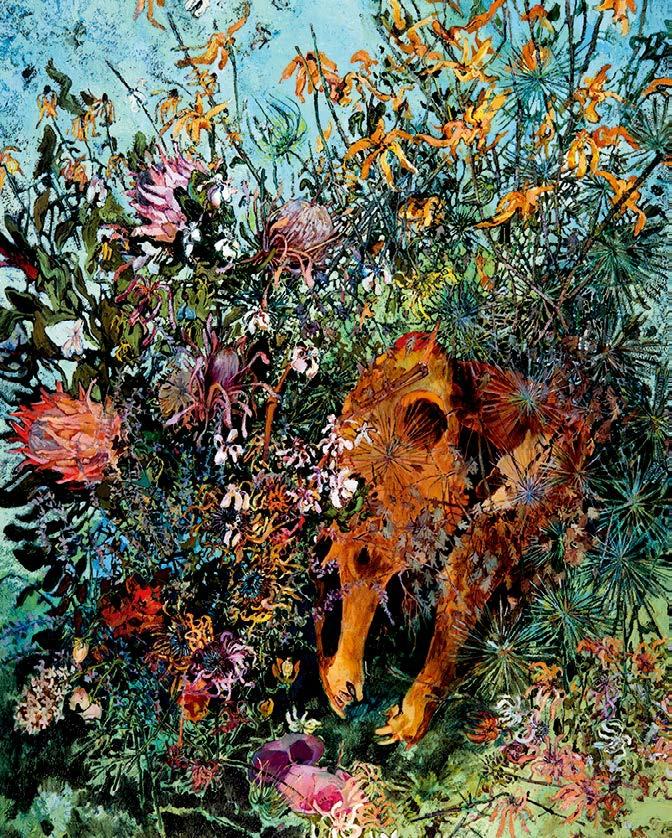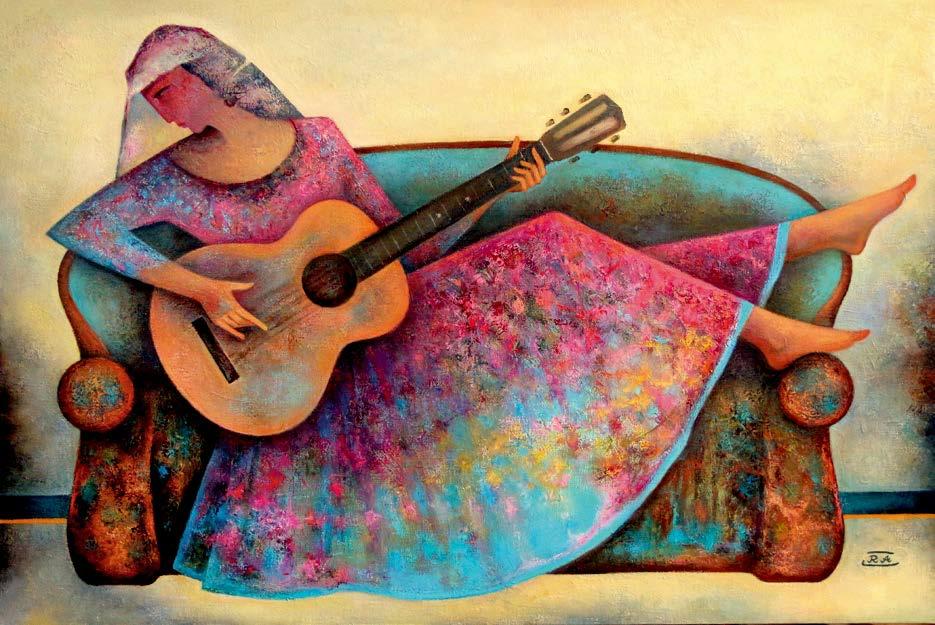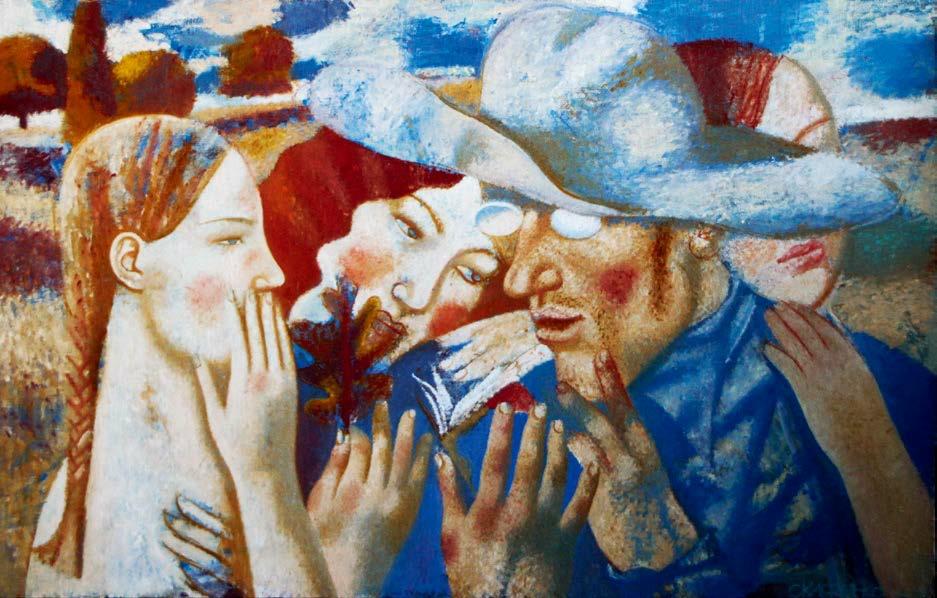Beijing Biennale——A Culture of Art
2019-12-27byYiMei
by Yi Mei



The 8th Beijing International Art Biennale (hereinafter Beijing Biennale) wrapped up on September 20, 2019. Since the first Venice Biennale was launched in 1895, various biennales, both small and large in scale, have been organized by art circles worldwide. The Beijing Biennale, first founded in 2003, is considered unique because it has always focused on painting and sculpture as the main exhibition categories, making it stand out compared to other art biennales.
An Outlier
“Our strengths are painting and sculpture,” declared Tao Qin, a convener of the Curatorial Committee of the Beijing Biennale.“By presenting contemporary forms of traditional painting, the event helps artists who have been shifting between traditional and contemporary art return to tradition. With the rise of art such as installations, images and new media, painting and sculpture are gradually being marginalized in the West, and they no longer draw the spotlight of major art exhibitions. We hope that the Beijing Biennale can preserve space for easel painting and sculpture to nourish the original look of art.”
With a theme of “A Colorful World and A Shared Future,” the event focused on the development of multi-polarity in the world and promoted the construction of a community with a shared future for humanity. Featuring 595 participating artists from 113 countries, the event exhibited 640 art works and featured six special exhibitions.
“Although the number of exhibits was less than that of the Venice Biennale, the number of participating nations greatly outnumbered other similar biennales,” noted Wang Yong, member of the Curatorial Committee of the Beijing Biennale. “The big number testified to the events enormous diversity. It is not dominated by countries with established artistic strength; It displays the global artistic landscape from multiple layers and perspectives. Works from countries such as Iran, the United Arab Emirates, Grenada and Uzbekistan are rarely seen at other events, but are often displayed at the Beijing Biennale.”
Colorful Shared World
People from different countries, races and historical backgrounds contribute diverse civilizations. But as the world embraces globalization, many colorful cultures have been negatively impacted. Today cultural conflict can lead to regional conflict, trade friction, environmental deterioration and collective trauma. The biennales theme“A Colorful World and A Shared Future” proposed an important cultural concept: Global cultural diversity is the foundation for a community with a shared future for humanity. Such a community must be the embodiment of world cultural exchange, mutual learning and common progress.

“Through presentation of artists from different regions, nationalities and cultural backgrounds, the audience enjoyed the fruits of colorful world civilizations at the 8th Beijing Biennale,” said Ding Ning, a member of the Curatorial Committee of the Beijing Biennale.“But we could still see that all the artists expressed common emotions among humans, such as love, hatred, confusion and expectations. The problems they presented in their works are also similarly involving security, resources, the environment, equality, the gap between the rich and the poor and other common themes, which magnify the emerging community with a shared future.”
As 640 works by artists from 113 countries gathered at the National Art Museum of China, a yearning for a better life, pursuit of a spiritual home, and exploration of the future of mankind were the philosophical concepts. The unique artistic creation gave people a glimpse of the geographical identity and aesthetic imprint of all corners of the world.
Former President of the French Association of Plastic Arts Rémy Aron also believes that the differences between the worlds major civilizations are not obstacles for communication but valuable assets. “This objectively existing cultural diversity should be fully expressed in the specific cultural context of each nation and every civilization by means of artistic language.”
Past and Future

The artists observations and consideration of the past, via either a review of their own national history or a meditation on the history of human beings, became a consistent theme in thematic exhibitions of the Beijing Biennale. British critic John Ruskin opined that art, relying on real feeling and emotions, is a direct, perceptual and even the most reliable expression for history. In this sense, the “history” presented by art is of special value, whether as a reference, an expression or a lesson.
The work “Colorful Hands: A Chain to the Future” by Ms. Mimikou Stella from Greece depicts pairs of hands with contrasting skin colors and religions, symbolizing a vision of people working together for a better future. The artist said that her work was inspired by a verse by Greek poetess Zoi Kareli: “With hands in extend and balance, an ideal divine line.”
“Art not only affects our emotions and aesthetic qualities. It is also a very effective channel for contact, communication and cooperation between people,”Stella said. “The cultural pluralism advocated by art is the only security framework for the promotion of peace and mutual understanding as well as progress and prosperity in the era of globalization.”
The future is happening every second, making it extremely close to us, but at the same time it stretches beyond the life of every individual. The unique experience and wild imagination of artists often attempt to unmask the future. Thanks to the theme of this biennale, artists pushed their imaginations to the limit in terms of the future of the individual, nation and even humanity.